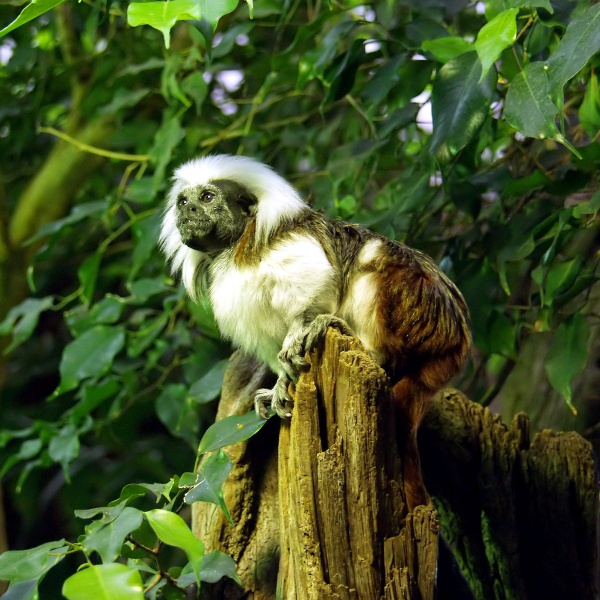Facts About Cotton-top tamarin
The cotton-top tamarin is a small monkey native to northwestern Colombia, easily recognizable by its striking white mohawk-like crest. These diminutive primates are arboreal and diurnal, being most active during the day. Their diet primarily consists of insects and plant sap.
Cotton-top tamarins live in social groups with a clear hierarchy. Typically, only the dominant pair within the group reproduces. Researchers have been intrigued by their cooperative care, acts of altruism, and complex communication, which appears to include some form of basic grammar in their vocalizations.
Unfortunately, the cotton-top tamarin is critically endangered, primarily due to habitat loss. Historically, they were also used in biomedical research. Today, they are protected under CITES, which means the international trade of these animals is illegal. Some debate exists among scientists regarding their classification, with some arguing they are closely related to the white-footed tamarin.
In terms of size, cotton-top tamarins are among the smallest primates, weighing less than 0.5 kg. They have a distinctive appearance with a long white crest, fine white facial hair, and unique fur patterns. They inhabit both primary and secondary forests in their Colombian homeland.
Behaviorally, these tamarins exhibit intricate social systems. They engage in cooperative care and display altruistic behaviors within their groups. Their communication is quite sophisticated, featuring a variety of vocalizations that seem to possess grammatical structure. Young tamarins learn to comprehend these calls before they begin producing them.
Conservation efforts are crucial for the survival of the cotton-top tamarin. Habitat destruction and the illegal pet trade are significant threats. Initiatives like Proyecto Tití are diligently working to raise awareness and protect these animals. Although they remain critically endangered, international laws and conservation programs are in place to help ensure their survival.

 Venezuela
Venezuela